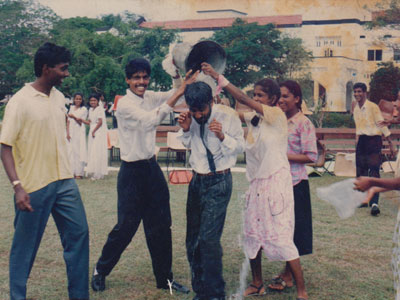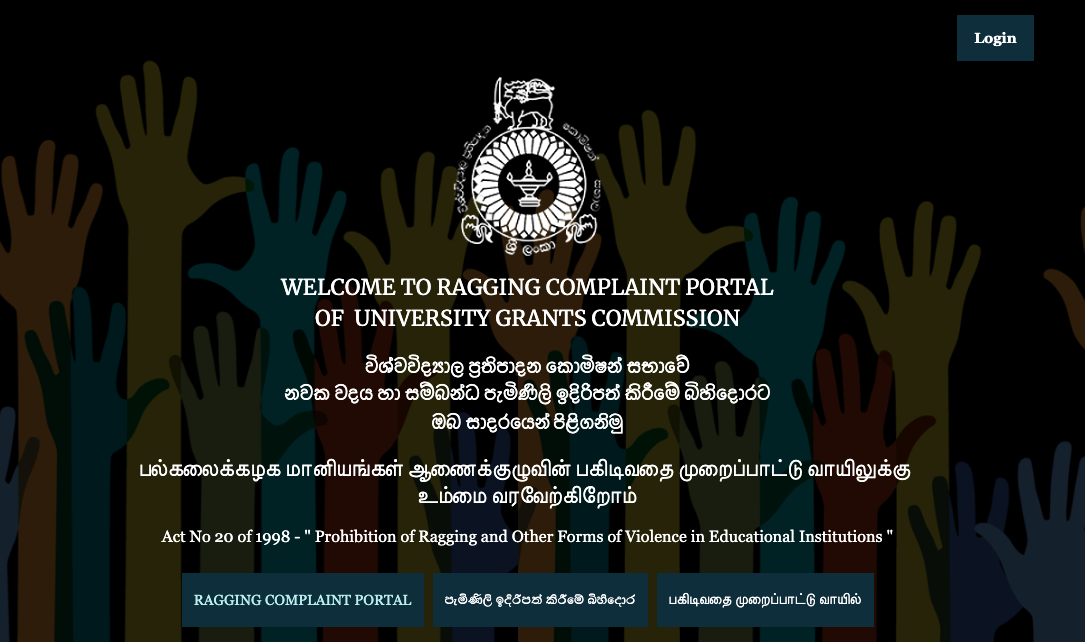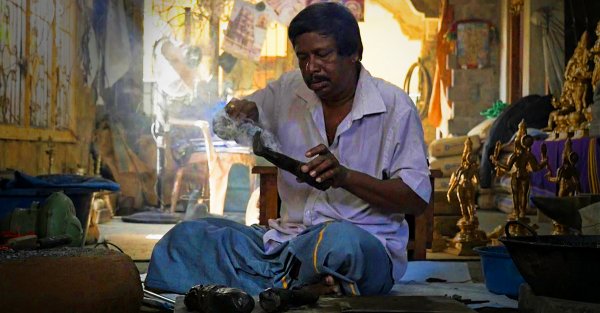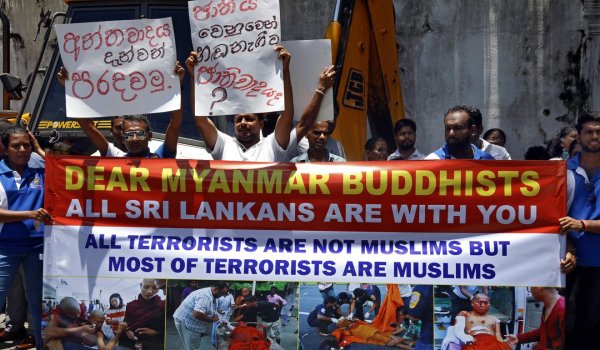
A Moratuwa University student in his early twenties ended his life earlier this year after being subject to the depravity of “ragging”. He left behind letters, documenting in excruciating detail, the acts of torture he was subjected to. A similar experience was recounted just this July, when Darshana Udayanga, a second-year student of the Ruhuna University, finally came out the public.
‘A group of students that belonged to a union forcibly entered my hostel room at night. They lifted me up, took me outside the room, stripped me naked and subjected me to inhumane sexual harassment. After this incident, I fell ill. I left the hostel and stayed with my friends. I was admitted to Gampaha Hospital because I got sick,’ he related to the press.
A Violation Of Fundamental Rights’
Ragging at universities make the headlines every year—especially when it ends up in a casualty. But after having become a brief spectacle, it is forgotten once more until the next casualty or gory detail is unearthed.
“Whether ragging leads to suicide or injury or trauma it has to be considered as a criminal act,” Professor Uma Coomaraswamy, Director of the Centre for Gender Equity and Equality, Prevention of Sexual Harassment and Ragging at the University Grants Commission (UGC) said.
“And the UGC is doing what [it] can, providing relief to students when possible and investigating complaints.”
One such strategy adopted by the UGC—the apex body tasked with regulating higher educational institutes in Sri Lanka—is the online ragging complaint platform. Professor Coomaraswamy told Roar Media the infrastructure for the portal was put in place in September 2016 and became operational in January 2017. Since then, the site has gone through several changes, and now even specifically accepts and addressess sexual harassment complaints in addition to ragging. Alongside the portal, a hotline that was set up in 2018, for students to call in with their complaints.

Professor Coomaraswamy told Roar Media the support offered by the UGC didn’t end there. “Any student can contact me directly,” she said. “They can bring in letters, they can send in a proxy or they can, themselves, show up and complain.” And it falls on Professor Coomaraswamy to ensure the necessary steps have been taken to address the issue. “The Vice Chancellors report back to me with what action has been taken,” she said. “Every three [to] six months, we call for reports.”
While the individual universities are tasked with investigating and addressing complaints, and the UGC will oversee and direct the process—intervening when needed, only to transfer a student who has undergone severe ragging to another university. “The UGC chairperson will look at the student’s Z score and look for an appropriate university to transfer the student,” Professor Coomaraswamy said, admitting, however, that the transfers were a complex area, as there were times the student’s Z score doesn’t meet the requirement at the university they want to be transferred to. In these cases, the student is left with the option of either dropping out or continue with their degree, risking the ragging.
When Authorities Don’t Listen
While ragging is in violation of the country’s Constitution, and authorities must be swift to respond and reprimand offenders, the trend has been for university administration and law enforcement authorities to overlook these complaints.
The Police is empowered by the Prohibition of Ragging and Other Forms of Violence in Educational Institutions Act No. 20 of 1998 to inquire into ragging complaints. But very rarely do they exercise these powers.
Whenever a complaint of ragging is reported to a university, the administration is required to commence an inquiry and refer the case to the nearest Police station. While it is the university’s policy to inform the Police of these cases, more often than not, Professor Coomaraswamy found, that was not what happened.
“When a complaint is lodged with the Police, the first party they summon is the university administration—they are then asked to talk to the two parties and come to a settlement. Some universities would not bother with the complaint, they would bring the two parties—the grieved and the accused—and would ask them to talk and come to a settlement. How do you do that?” she asked, insisting that universities have to follow the law to ensure that action is taken against the accused and the victim receives relief.

An Escalation Of Violence
The UGC’s ragging complaint portal is only two years old. In that period, over 800 complaints of ragging and sexual harassment have been recorded at the database mantained by the Centre.
But the Centre was unable to reveal how many cases they were able to successfully resolve. “It doesn’t work like that,” Professor Coomaraswamy said. It’s a process that is derived from within the universities, since they are autonomous bodies.The UGC doesn’t really act on its own because it has to work within the system.”
She pointed out that while the UGC had the power to address complaints of severe ragging, it has not done so thus far, because they prefer to work together with the Vice Chancellors of the respective universities.
But the UGC has been in consultation with the Attorney General’s Department to change this.
“At the moment, the UGC is acting within the parameters of the law. But we are also looking forward and working towards enhancing the work we do. The UGC is preparing to appoint a committee that will investigate into all ragging complaints and come up with possible resolutions,” Professor Coomaraswamy said.
According to the Professor, the proposed committee will include, in addition to representatives from the UGC and the Attorney General’s Department, representatives from the National Police Commission and the Ministry of Higher Education.
But as she pointed out, results are not easy to come by. Every year, approximately 2,000 students of an estimated 30,000 gaining university entrance drop out due to ragging—meaning that one out of 15 students are subjected to ragging by seniors.
“We [UGC] is trying to do something. They come to us and we try to give them relief. This didn’t happen before. Now people know there’s a place they can go to. I don’t say these sadists fear us. But still, there is a decrease to the less violent raggers, who are afraid to commit these acts,” Professor Coomaraswamy said.
Perhaps one of the biggest obstacles authorities face is the wide acceptance that ragging is, despite its inherent violence, an “initiation ritual” used for the purpose of “breaking the ice” and familiarising newcomers with the rest of the student body. But initiation rituals have drastically changed from the harmless to the sadistic and violence over the years.
“We know the sadistic and inhumane acts these students are subjected to, Professor Coomaraswamy said. “Now, ragging is not ragging that people once knew. It’s not the same thing that was there during the 1960-1980s. What’s happening now is utter torture—physical and psychological. It’s driving people to suicide. And that goes on for four years.”







